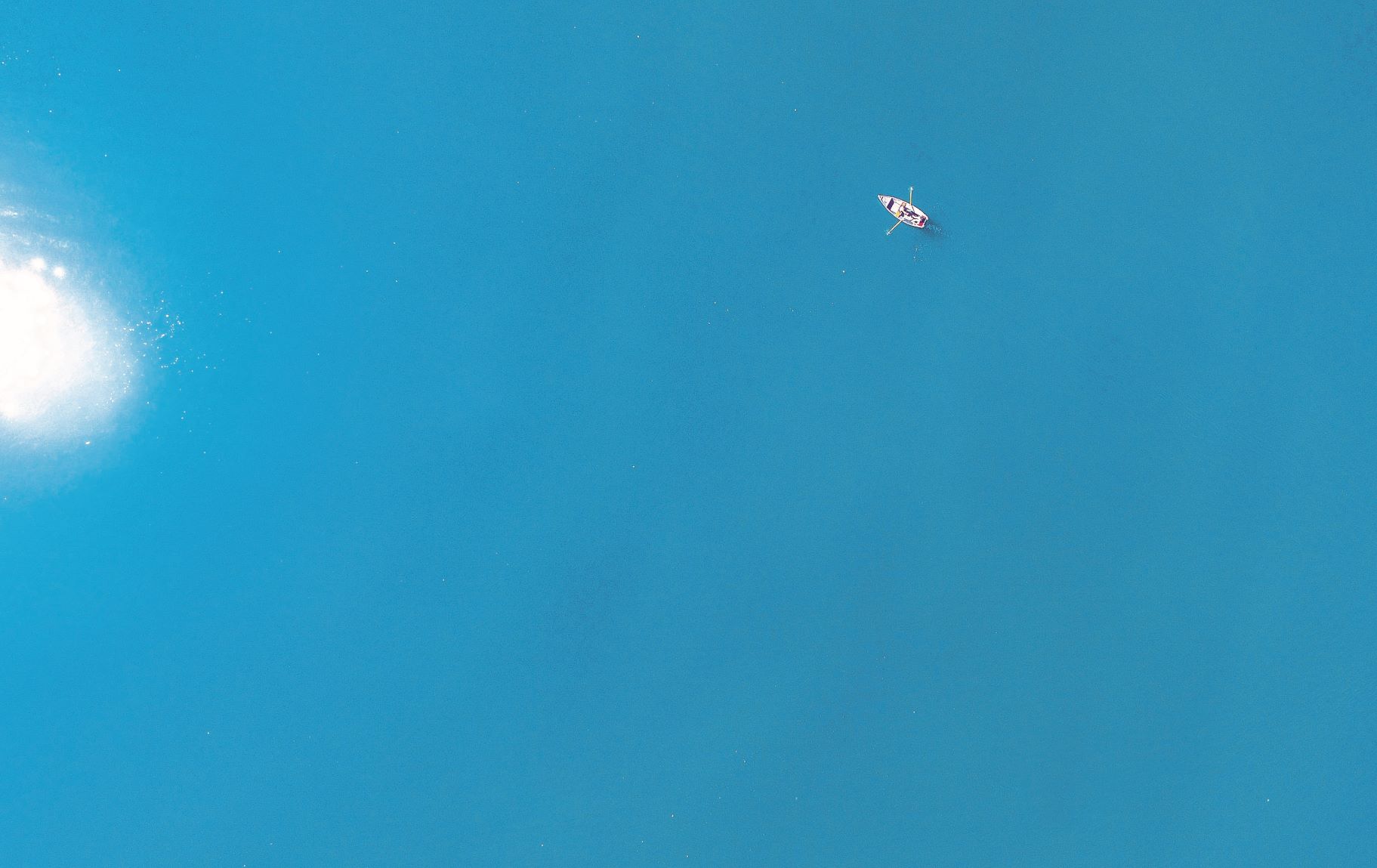When pondering on the complexities of sustainable development, sometimes we fail to include a priority index. Should climate change or pollution from microplastics rank first? Is it more important to tackle the issue of rare earths or to protect mangroves? In a complex system such as that of planet earth sometimes answering such questions appears an elusive and rather difficult task. However, there is irrefutable evidence on one element: water.
Source of life, prosperity, energy, and biodiversity; a victim of climate and a weapon of climate change when there’s too much or too little of it; vital for food production, a disputed common asset always on the brink of being privatised to the benefit of obscure interests; a religious symbol, moral principle, a joy and a pleasure, foundation of beauty; a source of hygiene or harbinger of death; a terrific solvent, industrial ingredient, and processing base.
From sea salt waters to the endangered alpine ice, in rivers and lakes, in pipes and rain, water is a priority element for each of us, for any environmental service, for any industrial or food production. This is why we want to devote a whole issue of Renewable Matter to the most important “material”.
Right to water, innovation and circular management
We started from a key concept, that of the right to water, aptly reported in the interview with Pedro Arrojo-Agudo – UN Special Rapporteur on water – who reiterates that “the value of water is not its price”. Privatization and financialization attempts of such resource represent a significant risk for access to this asset, including sanitation. Creating a futures market on water, as happened in California, or pushing for privately-managed utilities deprives us all of the economic resources to invest in future-proof water infrastructure that, instead of moving towards building a circular model for water management, run the risk of only pleasing shareholders. In the Netherlands dossier, it is highlighted how this Nation created efficient public-private mechanisms, making room for innovation and access to water. Over the next years, we will also witness important steps forward in water management and treatment from which materials and energy can be smartly recovered. We will also see important evolutions in the industrial sector, which will minimise water impacts.
Lastly, we need to work on the concept of circular water in agriculture, guaranteeing both quality and quantity. In Europe, the chemical status of water is still poor due to the widespread use of nitrates and pesticides, while quantitative challenges mainly stem from excessive water abstraction for irrigation, mainly in Southern Europe. This is why reusing wastewater for agriculture should be encouraged, as clarified by Francesco Petrucci through an explanation of European legal provisions. Alessandro Russo, CEO of Gruppo CAP, maintains that much knowledge and research are needed to create a circular economy of water; it is therefore up to businesses and utilities to research and innovate by using economic resources generated by fair water charges worked out on the ability to save water and financial resources of households.
The right to public water, innovation, research, fair charges, and good governance are the “simple” recipe for a complex issue such as that of water. Implementing them is not going to be an easy task, but the answers to the problem can no longer be postponed.
Image: Wikimedia Commons
Download and read the Renewable Matter issue #40 on Water



